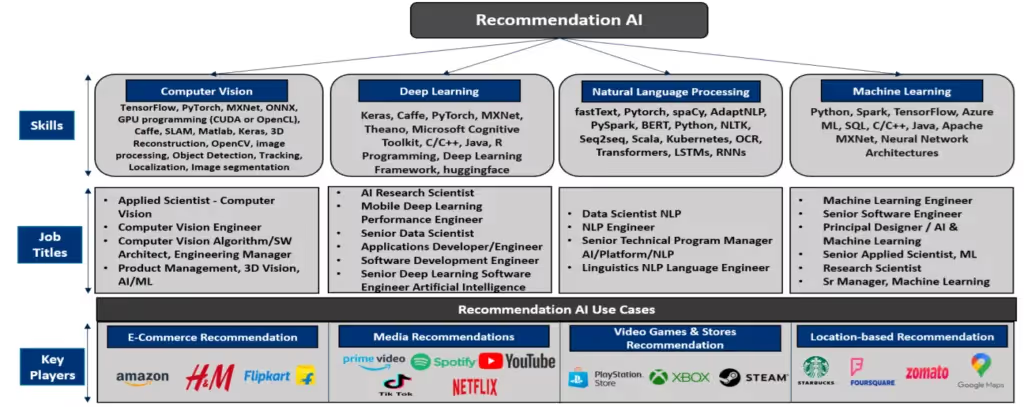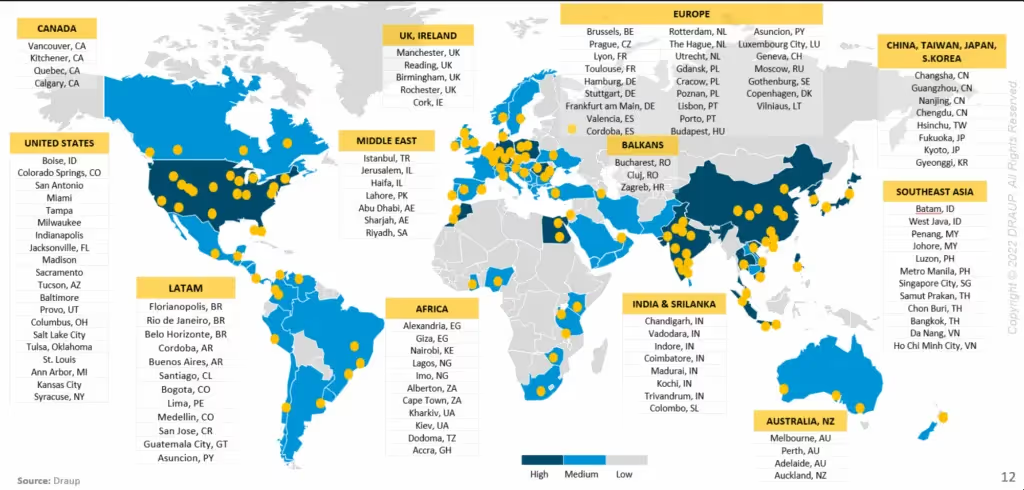3 Factors to Accurately Forecast Skills Requirements
In the mid-1980s, when Carl Yankoswki, an engineer at Polaroid, suggested that the company should acquire a startup specializing in electronic imaging technology, he was shot down. Polaroid operated with a paradigm that “Polaroid does not sell what it did not invent.” Carl went on to launch the Sony PlayStation and turned around several companies post this experience at Polaroid. (from the book Originals by Adam Grant).
Around the 2014-2015 time frame, Novartis shut down its vaccine program, and a key scientist Philip Dormitzer joined Pfizer in 2015. Philip Dormitzer became Pfizer’s Chief Scientific Officer and developed the vaccine protocols. This process helped Pfizer in vaccine development. It proved to be a wrong move for Novartis, which is currently working on reorganizing to evolve as a more scientific innovation company. By hiring key leaders when they are let go, you can improve not only retention but also innovation (Moonshots by Pfizer CEO – Dr. Albert Bourla)
In both scenarios, the companies failed to understand what skills are becoming essential and what we need to transition into (not getting into the business personalities that may have led to the decisions). In a skills economy, the sum of local optimum does not result in Global Optimum. We may miss out on forecasting the skills required in the next three to five years by just hiring what is trending and leading at a given time.
In my discussion with one of the innovation leaders at a retail enterprise, we created a simple chart on market pressure and how it disrupts innovation. (a very high-level chart). This chart summarizes many micro-decisions across economic cycles over the years. Human Resource Leaders would have to be the advocates to their business leaders to remind them about this cycle and ruthlessly stay focused on skills building.
How to forecast skills required accurately?
Component1: Business Priority Scenarios and the Skills Associated with it
One way to avoid local optimum vs. global optimum imbalances is to look at the skills through Business Priority scenarios and map the skills accordingly. Many companies across industries want to launch a recommendation AI of sorts. It is more prevalent in e-commerce but will extend to all avenues. (Say, for example, a prospect comes and reads about your product on your website, what can you recommend that they read next)? . In a highly crowded digital environment, you have to guide the user with hyper-relevant data. So what skills and technology will you need for this Recommendation AI?

Component2: Monitor the unique university courses introduced in global schools.
Here is a global view of the most advanced courses that are getting introduced

Component3: Develop the probable emerging locations for the identified skill clusters. Here is a set of locations we are optimistic about for the next wave of technologies and skills (we are not showing the existing big city hubs on this map)

Overall, we are pretty excited about HR’s role under emerging circumstances. If we plan the initiatives correctly, we can accelerate transformation and adaptation and make the enterprises genuinely care for a great workplace.










.svg)




















.svg)





.svg)
